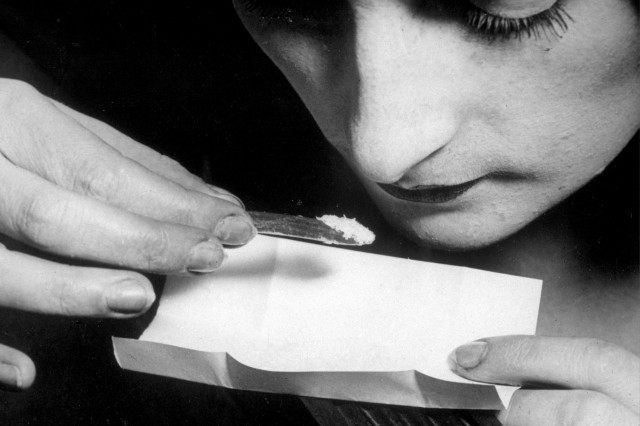After falling behind Peru as the world’s largest cocaine producer, Colombia has regained the top spot. The South American country now grows more illegal coca than Peru and third-place Bolivia combined, and most of that cocaine is headed to the U.S. through Mexico.
According to the Washington Post, in 2014—the last year for which statistics are available—Colombians planted 44 percent more coca than in 2013, and US drug agents say this year’s crop is probably even larger. US and Colombian officials say the biggest reason for the spike is that the narco-terrorist group Revolutionary Armed Forces of Colombia (FARC), along with other armed groups, has encouraged farmers to plant more coca. They have been negotiating a peace deal with the Colombian government, and the US government is likely to send aid directed at supporting a robust crop substitution plan.
But despite a sharp decline in American taste for cocaine, the FARC and other cocaine producers in Colombia see an opportunity. Cocaine has historically been very expensive on the street, and demand has been overshadowed by much cheaper—and more potent—Mexican methamphetamine and black tar heroin. However, a steep drop in the price of cocaine in the US could encourage demand to start climbing rapidly if the drug becomes competitive with other cartel offerings.
Mexican cartels have long been in league with Colombian cocaine producers, so this shift is likely to be very profitable for them. In September 2014, FOX News Latino reported that the Colombia’s anti-narcotics director said Mexico’s notorious drug cartels had taken a more active role in the production of cocaine, and had made incursions into the South American nation.
“We have discovered that there are Mexican cartels which have arrived in Colombia basically to negotiate and transport the drug themselves,” said General Ricardo Restrepo of the national police, according to Reuters. “This gives them better returns and means Colombian traffickers are at less risk of being captured or caught in foreign judicial investigations.”
Colombia has in the past reported the arrests of alleged members of the Sinaloa and the Zetas cartels, along with seizures of drugs shipments that were presumably destined for Mexico. According to the White House Office of National Drug Control Policy, Colombia produces more than 90 percent of the cocaine that enters the US, with the FARC being the country’s largest cocaine trafficker. Although most of that cocaine used to be transported across the Caribbean into south Florida, now the majority of it gets handed off to Mexican cartels for overland transport to the southwest border. The US Department of Justice has estimated that as much as half of US-bound cocaine going through Mexican cartel hands is sourced from the FARC.
Jorgan Andrews, director of the US State Department’s International Narcotics and Law Enforcement Affairs section at the US Embassy in Bogota, supports the theory of the link between increased cocaine production and the pending peace deal. “The government programs will be in areas where there is coca, so one interpretation is that those who grow the most coca will get the most government benefits,” he told the Post. “And if the peace process with FARC falls apart,” he said, “they’ll already have more coca in the ground.” More concerning is that Andrews expected the final 2015 production numbers to go “way up.”
Sylvia Longmire is a border security expert and Contributing Editor for Breitbart Texas. You can read more about cross-border issues in her latest book, Border Insecurity: Why Big Money, Fences, and Drones Aren’t Making Us Safer.

COMMENTS
Please let us know if you're having issues with commenting.